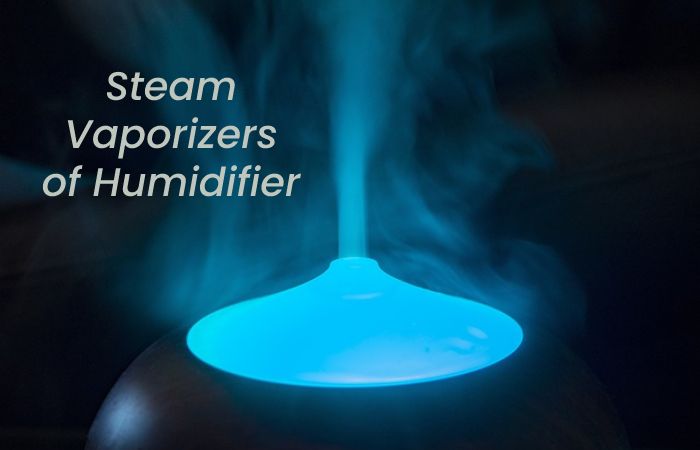A humidifier is a device, primarily an electric appliances that increases humidity. In the home, point-of-use humidifiers are usually secondhand to humidify a single room, while whole-house or furnace humidifiers, which connect to a home’s HVAC system, provide humidity to the entire house.
Initially, medical ventilators frequently contain humidifiers for increased patient comfort. Large humidifiers remain used in commercial, institutional, or industrial contexts, often as part of a more extensive HVAC system.
Table of Contents
Benefits of Humidifier
Prevention of Low Indoor Humidity
- Low humidity occur in hot, dry climates or artificially heated spaces indoors.
- In winter, the humidity may drop to as low as 10–20%, especially when the cold outside air is heated indoors. Relative humidity of 30% to 50% remains recommended for most homes.
Health Treatment
- Prevention of dry eye syndrome.
- Prevention of dry mucous and cough: Drying out mucous membranes such as the nose and throat lining may also lead to a snoring problem and can cause respiratory diseases.
- Prevention of dermatitis: Low humidity can cause opposing health effects and also may cause atopic dermatitis and seborrheic dermatitis.
Improved Climate for Material
- Low humidity can affect wooden furniture, causing reduction and also, loose joints or rapid of pieces. Books, papers, and artworks may therapist or warp and also, become brittle in very low humidity.
- In adding, static electricity may become a problem in conditions of low humidity, destroying semiconductor unit devices, causing static cling of textiles, and causing dust and also, small particles to stick inflexibly to electrically charged surfaces.
Uses of Humidifier
Humidity acts as a natural moisturizing agent that can relieve dryness. For this reason, humidifiers are typically secondhand to reduce:
- dry skin
- sinus congestion/headache
- nose irritation
- bloody noses
- dry cough
- cracked lips
- irritated vocal cords
- nose irritation
- dry throat
Types of Humidifiers
The type of humidifier you select on your favorites, budget, and also, the size of area you want to add moisture.
There are five types of humidifiers:
1. Central Humidifiers
Central humidifiers are made directly into your home’s air training or heating unit. These are the most expensive humidifiers, but they’re the best choice if you want to add humidity throughout the house.
2. Evaporators of Humidifier
Evaporators blow moisture through a moistened filter. However, Fans power the unit and its also expel the humidity into the air from a single-unit system.
3. Impeller Humidifiers
Impeller humidifiers work with the help of revolving disks that run at high speeds. Basically, these units are often less luxurious. They’re also among the most child-friendly devices because they create cool mist and carry no danger of burns.
4. Steam Vaporizers of Humidifier

Steam vaporizers are electrically powered. They heat water and then cool it before expelling it into the air. These are the most cheap and portable humidifiers. You can purchase them at drugstores.
5. Ultrasonic Humidifier
Ultrasonic humidifiers produce a col mist with the help of ultrasonic vibration. Both cool and warm mist versions are available. The units vary in price, depending on the size you need for your home.
Conclusion
However, when used with care, humidifiers can make a significant difference when it comes to dry skin and airways. However, remember that this is a home remedy — not a medical treatment.
Also Read – Web Application Development – Types, Advantages and More
Related posts
Featured Posts
What is High-speed Internet?
High-Speed Internet High-velocity Internet, also referred to as broadband Internet, is defined via the Federal Communications Commission (FCC) as Internet…
What is Bitcoins-Era?
Bitcoins-Era is a trading podium that uses a sophisticated artificial intelligence system capable of analyzing the market and autonomously buying…


